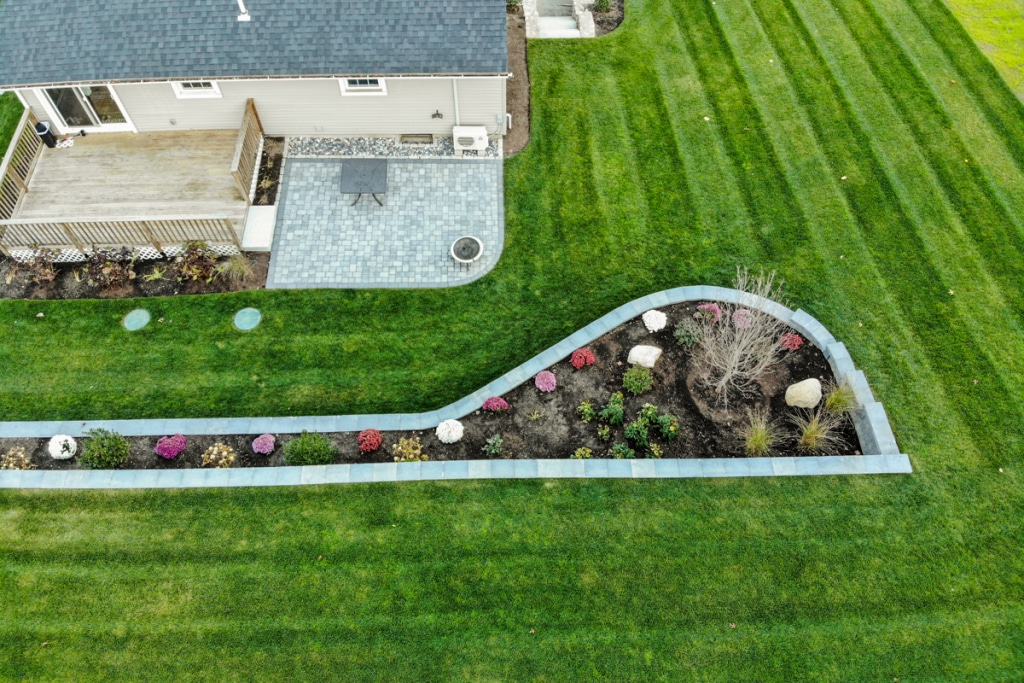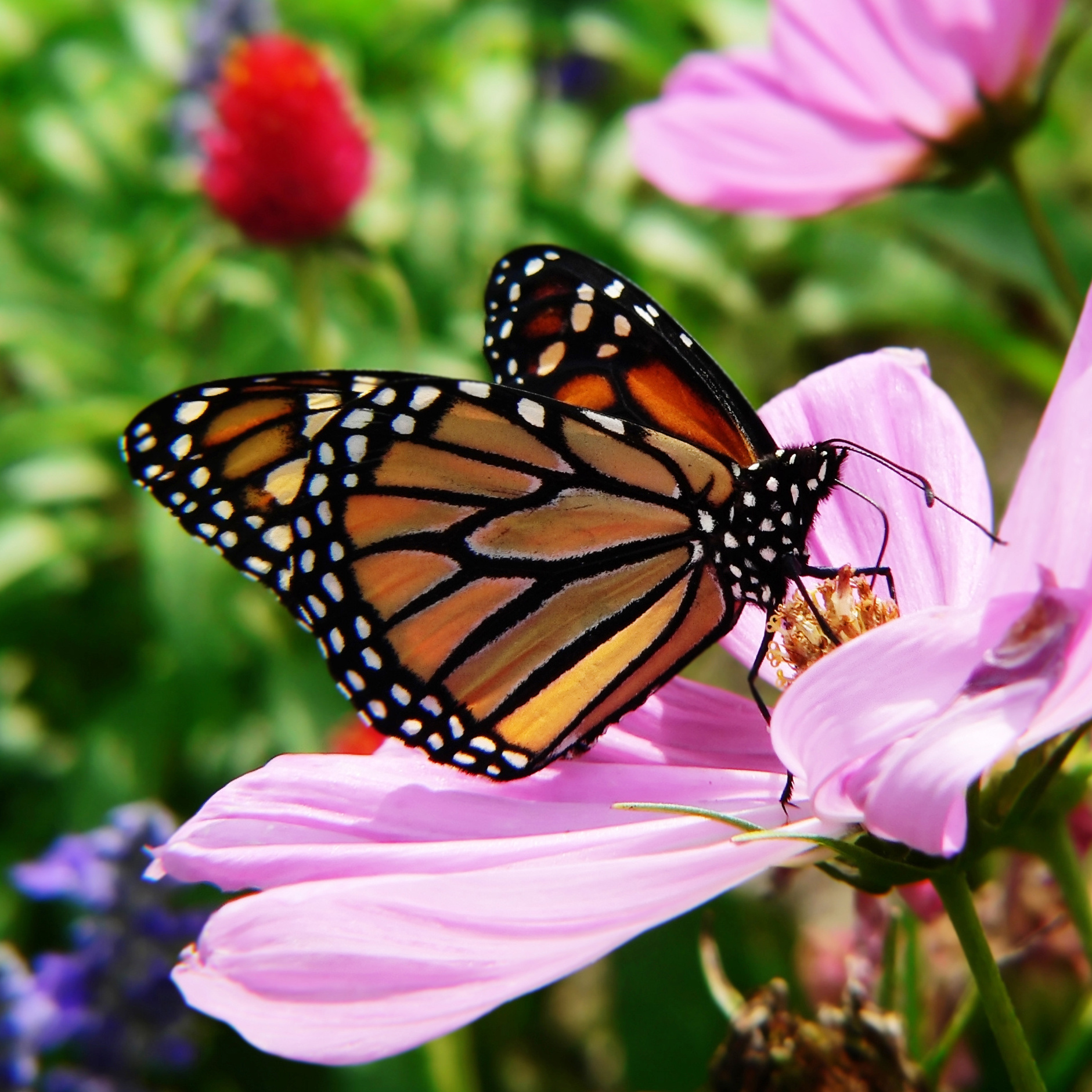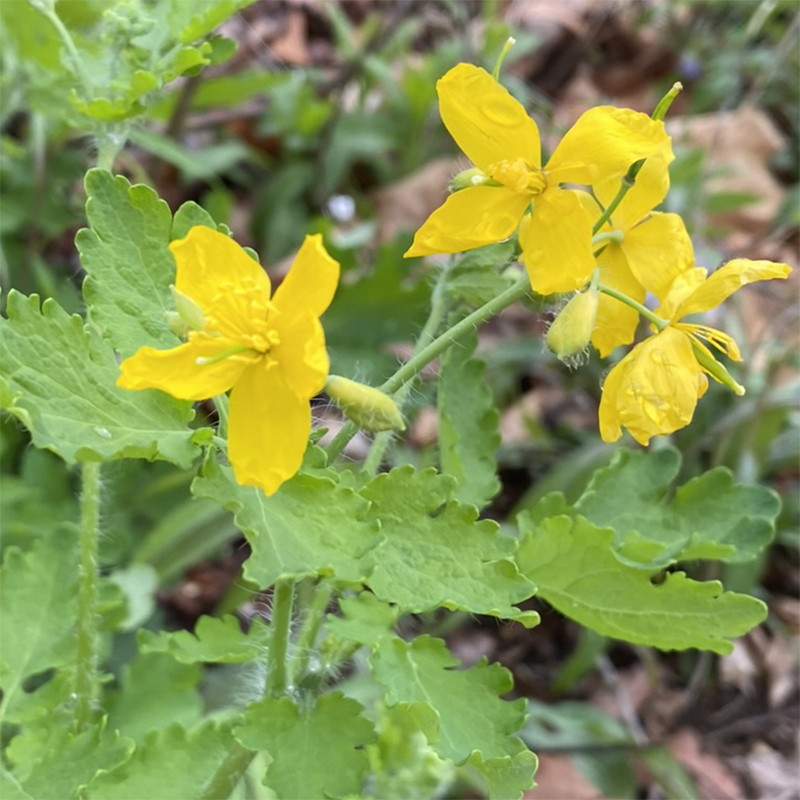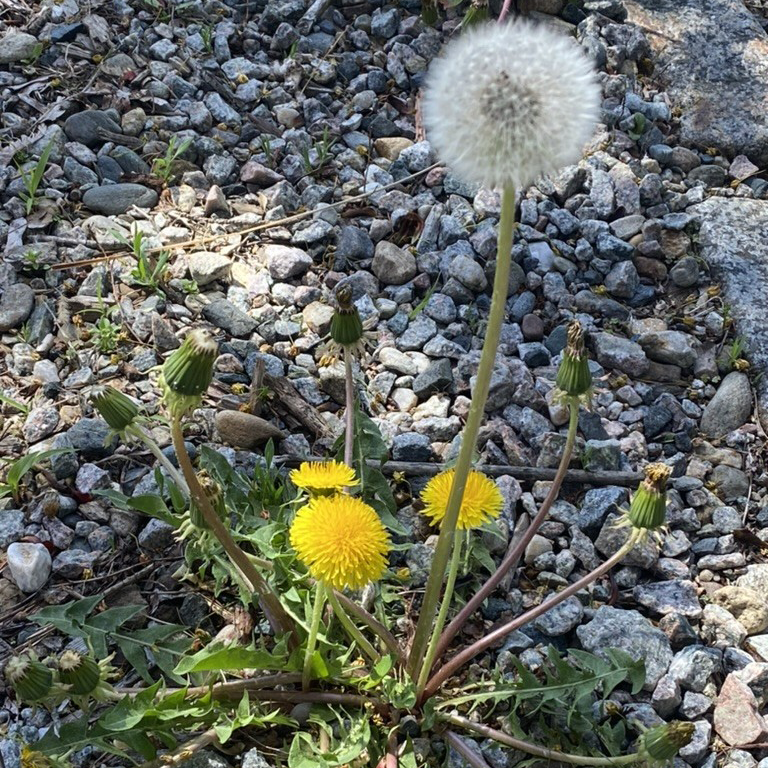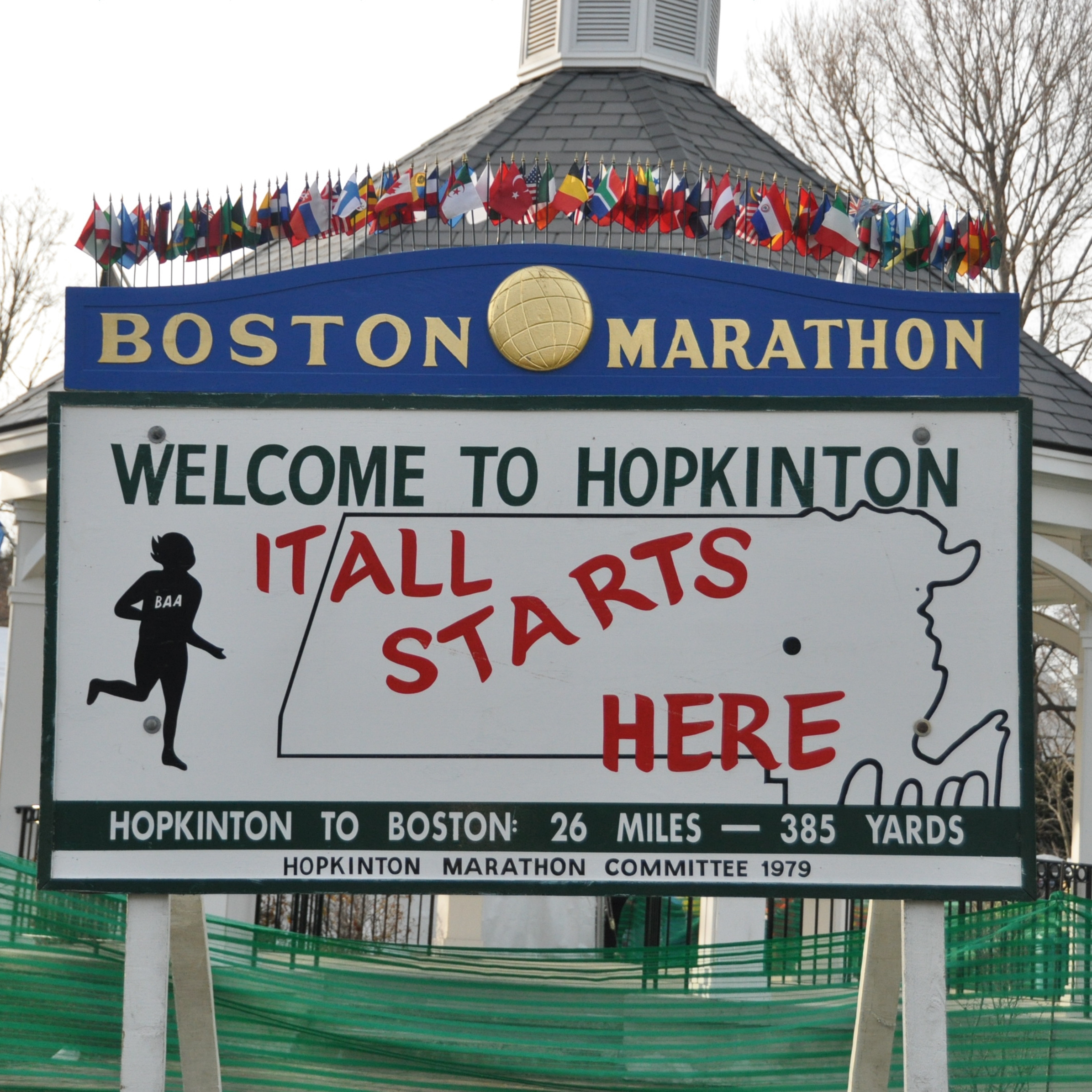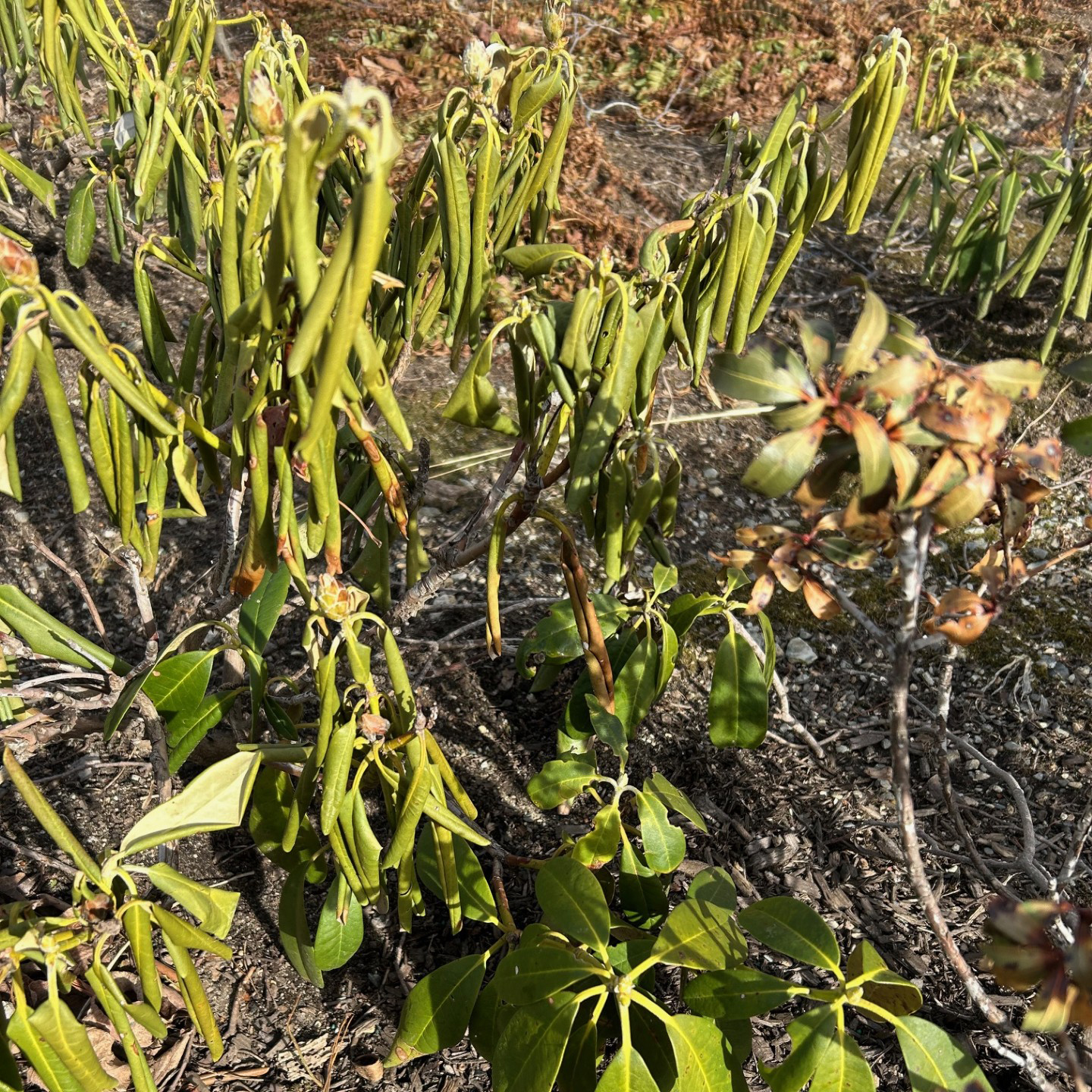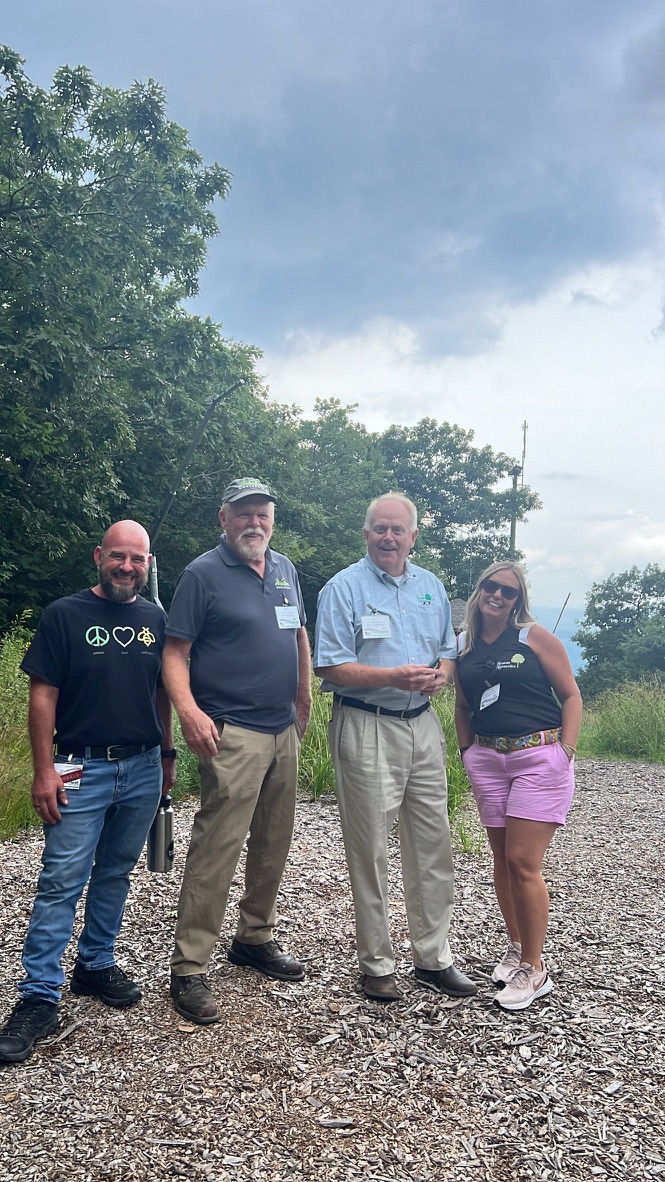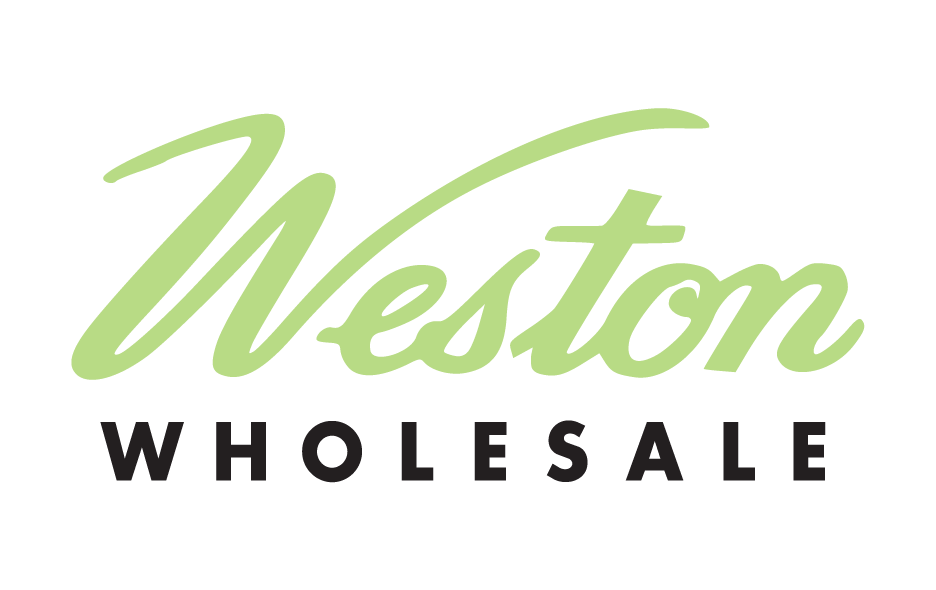
Did you know the plants you choose to put in your garden can save a local species of bee from extinction? Be(e) an ecological superhero! Based on the research of Robert Gegear of Umass Dartmouth, this garden is designed to provide pollen and nectar for specialist bees at risk of local extinction.
The Garden Design
How To Use Our Garden Design Guidelines:
Each one of our Native Garden Design Guidelines is designed for 100 square foot area. Feel free to multiply the number of plants as many times as needed to fill your space. The suggested placement and number of plants for each area appear as circles on the design. While the color and structure of each plant appear as a silhouette on the side view of the garden. These gardens can be combined as well to help achieve your garden goals. For example; the pollinator powerhouse garden and the hummingbird garden can be combined to create a display of bright blooms and equally colorful visitors.
To view more Native Garden Designs, please visit www.WestonNurseries.com/natives

